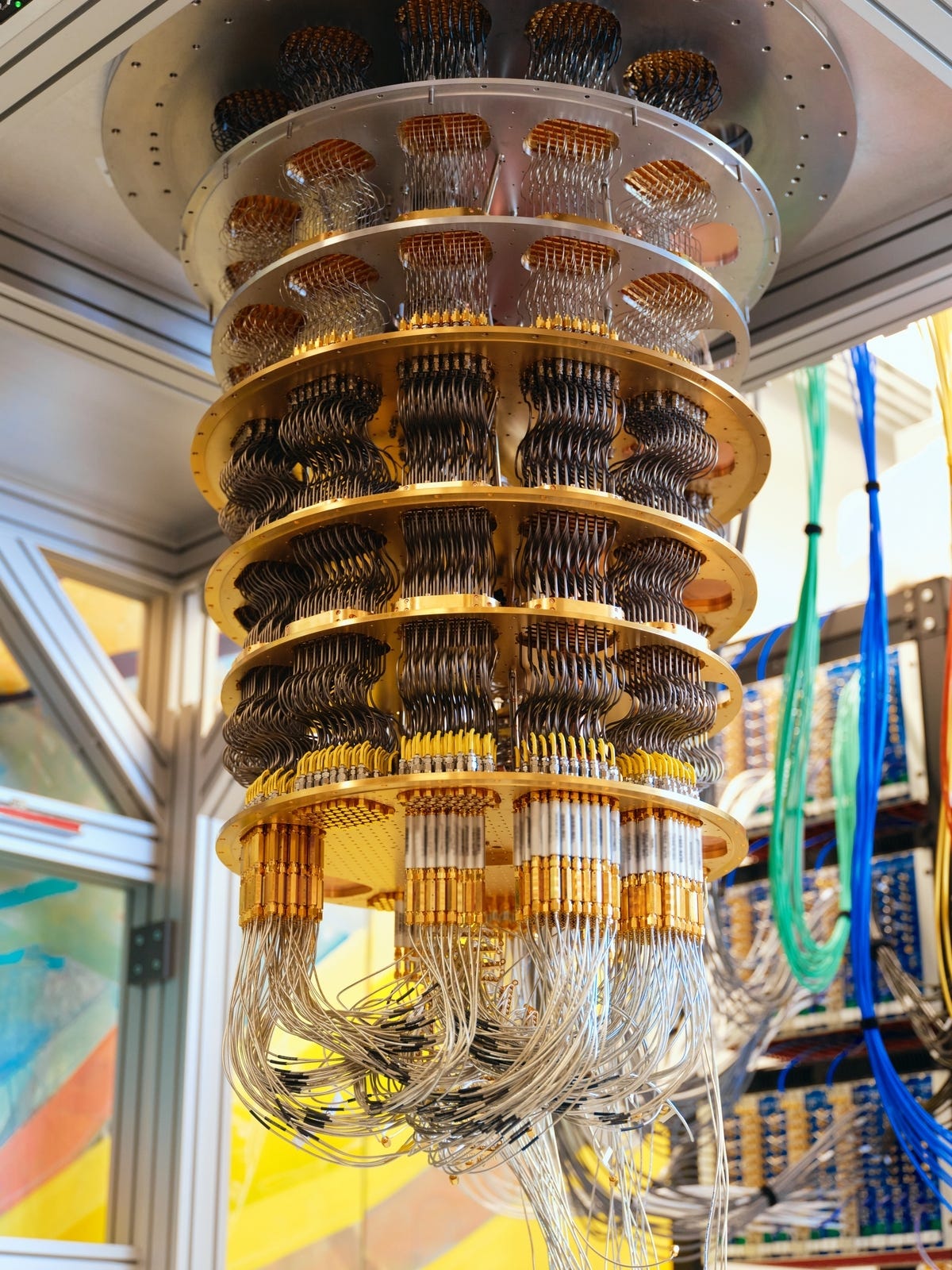Stablecoins are a game-changer in the cryptocurrency world, offering price stability by pegging to assets like the US dollar, cryptocurrencies, or commodities. They combine the benefits of digital assets — decentralization, low-cost transactions — with reduced volatility, making them essential for investors and traders in 2025. Among the most popular are USDT (Tether), USDC (USD Coin), and DAI. In this guide, we’ll break down their differences, pros, cons, and help you decide which stablecoin suits your needs.
Launched in 2015 by Tether Limited, USDT is the most widely used stablecoin, pegged 1:1 to the US dollar to minimize volatility. It operates on multiple blockchains, including Ethereum, TRON, Binance Smart Chain (BSC), and Solana, offering versatility for global users.
Pros:
- Available on multiple blockchains for seamless transfers.
- High liquidity and broad adoption across crypto exchanges.
- Fast, low-cost transactions, especially on TRON.
Cons:
- Transparency concerns due to periodic questions about its reserve audits.
- Faces regulatory scrutiny over the clarity of its dollar backing.
Introduced in 2018 by Circle and Coinbase, USDC is another US dollar-pegged stablecoin, known for its strict regulatory compliance and transparency. It’s backed by cash and short-term US Treasuries, making it a trusted choice for institutional and retail users.
Pros:
- Regularly audited by reputable firms, ensuring transparency.
- Supported by major financial institutions and exchanges.
- Fully backed by secure assets, enhancing trust.
Cons:
- Lower liquidity compared to USDT, limiting some use cases.
- Heavier regulation may reduce its decentralization appeal.
Launched in 2016 by MakerDAO, DAI is a decentralized stablecoin collateralized by cryptocurrencies via the Maker Protocol, not fiat reserves. It operates on Ethereum and is governed by smart contracts and community voting, ideal for DeFi applications.
Pros:
- Highly compatible with decentralized finance (DeFi) platforms.
- Crypto-backed, minimizing reliance on centralized entities.
- Fully decentralized, offering privacy and control.
Cons:
- Requires over-collateralization, making it capital-inefficient.
- Vulnerable to volatility risks if collateral values drop sharply.
USDT vs. USDC vs. DAI: Key Differences
Here’s a head-to-head comparison to clarify which stablecoin might suit your goals:
- USDT vs. USDC:
USDT boasts higher liquidity ($105 billion market cap in 2025) and operates on more blockchains, making it ideal for trading and global transfers. USDC, with a $32 billion market cap, prioritizes security and regulatory compliance, appealing to risk-averse users. - USDT vs. DAI:
USDT dominates with a 20x larger market cap ($105B vs. $5.3B) and is preferred for trading due to liquidity. DAI excels in DeFi, offering decentralization and privacy, but its over-collateralization makes it less efficient for some investors. - USDC vs. DAI:
USDC’s $32 billion market cap reflects wider adoption, but it’s regulated, potentially limiting decentralization. DAI’s $5.3 billion cap highlights its DeFi niche, prioritizing privacy and smart contract integration over regulatory oversight.
Which Stablecoin Should You Choose in 2025?
Your decision depends on your priorities:
- USDT: Best for trading, high liquidity, and fast transactions, especially if you prioritize flexibility across blockchains.
- USDC: Ideal for security, transparency, and regulatory compliance, perfect for institutional or cautious investors.
- DAI: Optimal for DeFi enthusiasts, offering decentralization and privacy, though it requires understanding crypto-backed risks.
By staying informed about market trends and stablecoin developments, you can make smarter choices in the evolving crypto landscape of 2025.
Stablecoins like USDT, USDC, and DAI are transforming crypto in 2025, each with unique strengths for different use cases. Understanding their differences — liquidity, security, decentralization — helps you navigate the market effectively. Whether you’re trading, investing, or exploring DeFi, this comparison equips you with the knowledge to choose wisely.

 8 months ago
47
8 months ago
47


 English (US) ·
English (US) ·